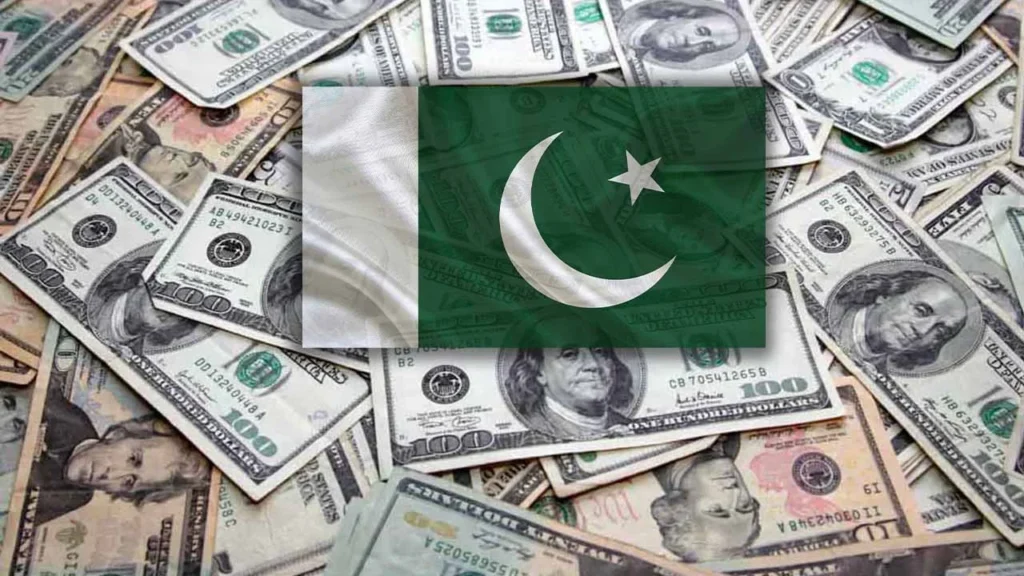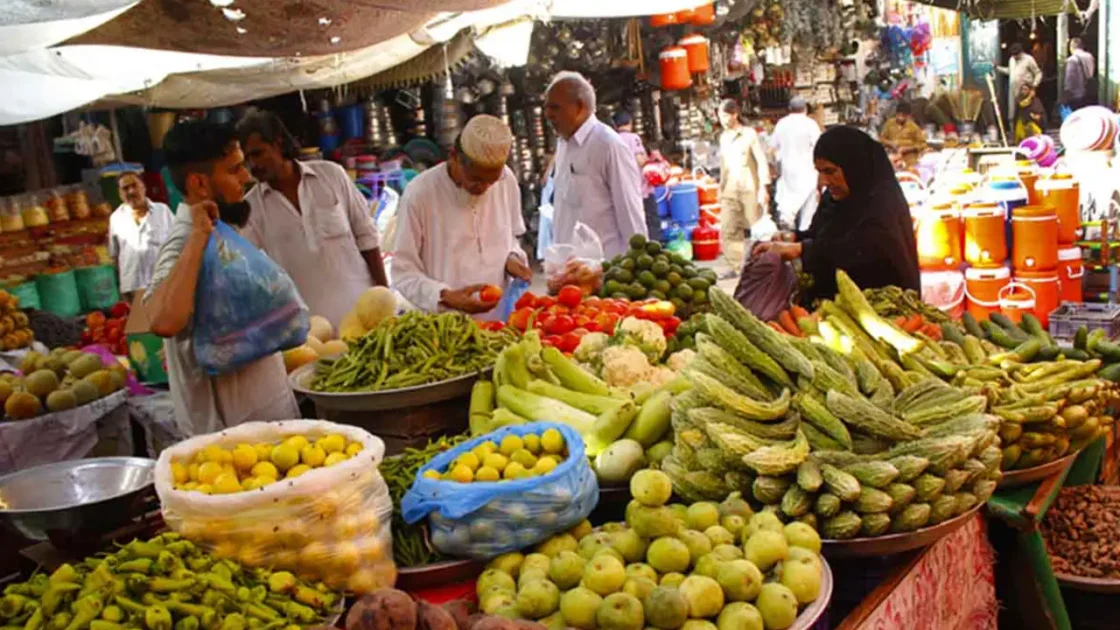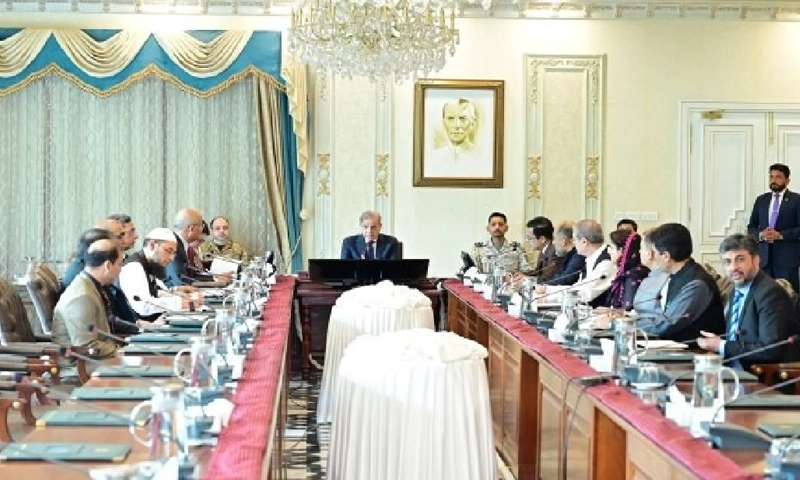- Web Desk
- 3 Hours ago

Pakistan’s remittances rise 7.4 percent in July despite cut in bank incentives
-

- Web Desk
- 8 Hours ago

ISLAMABAD: Pakistan’s remittance inflows stayed strong in July, reaching $3.214 billion, a 7.4 percent rise compared to the same month last year, despite the government cutting back incentives for banks handling these transactions.
The inflows came even as commercial banks voiced concerns over the reduced incentives. Bankers dealing in foreign exchange said the changes were unlikely to slow the inflow of money from overseas, noting that banks still make healthy profits from the business. Analysts believe remittances will likely continue at last year’s pace unless unexpected global or domestic events disrupt the trend.
In the previous financial year (FY25), Pakistan received a record $38.3 billion in remittances, up 27 percent from the year before. These inflows helped maintain dollar liquidity in the market, with the State Bank of Pakistan (SBP) reportedly buying about $9 billion from the open market during the year.
SBP data shows that July’s remittances were 5.6 percent, or $192 million, lower than June’s $3.406 billion. Even so, market sentiment remained positive.
Read more: Weekly inflation rises slightly as onion, tomato prices go up
Some currency dealers and banks have reported a shortage of dollars in the open market, despite the large inflows. Importers and the public have reportedly faced difficulties accessing foreign currency, although the authorities have denied any shortage.
For the current fiscal year (FY26), the SBP has slightly raised its remittance target to $40 billion, signalling confidence in continued growth.
EU remittances jump 21 percent
Among sending countries, remittances from EU nations showed the fastest growth in July, climbing 21 percent to $424.4 million. Saudi Arabia remained the top source, with inflows rising 8.4 percent to $823.7 million. Other major contributors were the UAE ($665 million), the UK ($450.4 million), and other Gulf Cooperation Council states ($296 million).
In contrast, remittances from the United States dropped 10.2 percent to $269.6 million.
While the figures are encouraging, some economists warn that Pakistan’s heavy reliance on remittances is risky. They argue that without stronger export growth, the country’s foreign exchange reserves will remain vulnerable.
“Global conditions are shifting quickly, from changing trade relationships to evolving US tariff policies. There is no guarantee remittance flows will hold up in the long term,” one analyst said.





